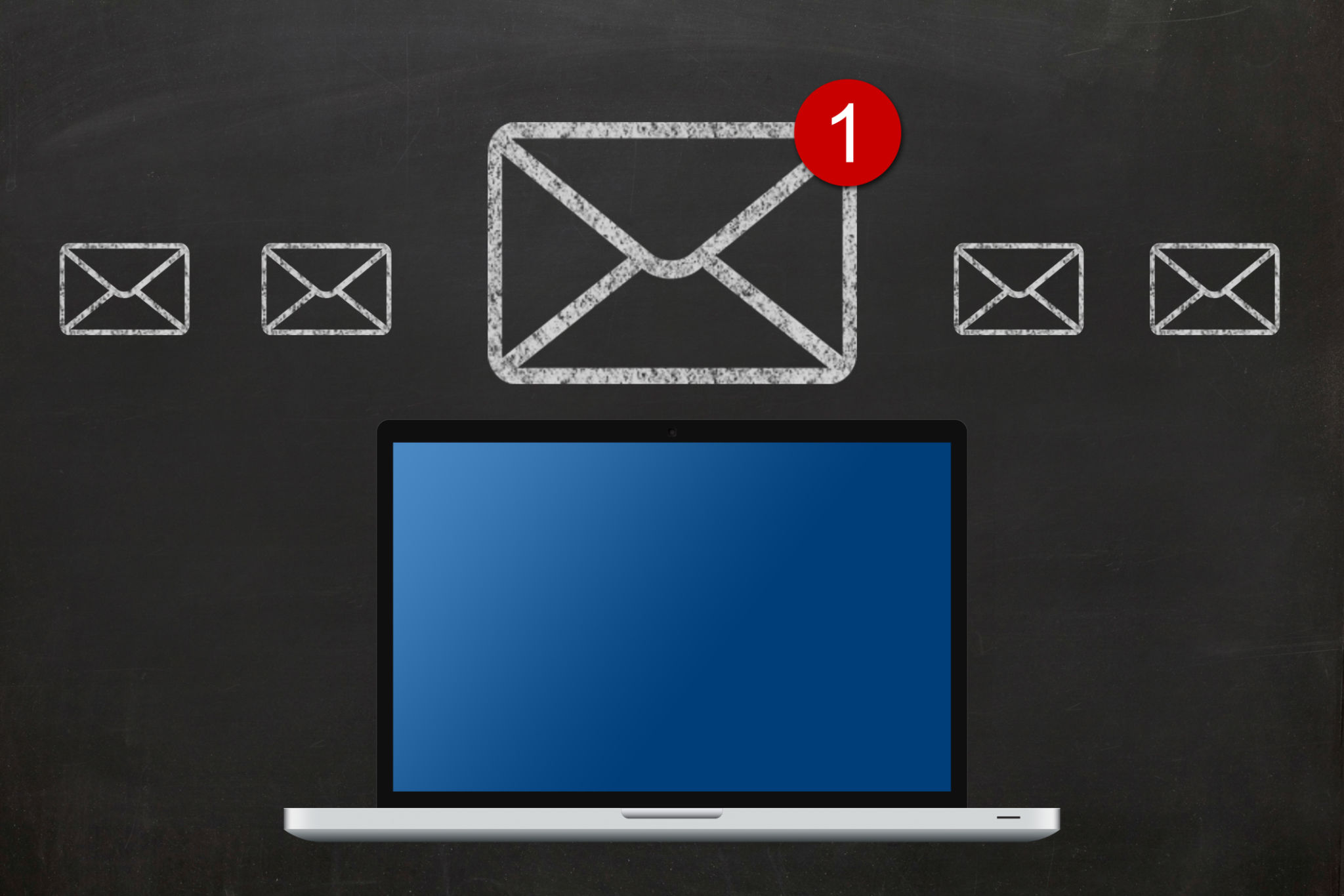Email Deliverability Best Practices: Ensuring Your Messages Reach the Inbox
Understanding Email Deliverability
Email deliverability is a critical aspect of any successful email marketing campaign. It refers to the ability of an email to reach the recipient's inbox rather than being marked as spam or bouncing back. Ensuring high deliverability rates can significantly impact the effectiveness of your communication efforts and, consequently, your business goals.

Maintain a Clean Email List
One of the fundamental practices for improving email deliverability is maintaining a clean and updated email list. Regularly remove inactive subscribers to decrease bounce rates and avoid spam traps. Use double opt-in methods to ensure that subscribers genuinely want to receive your emails, which can help maintain a high-quality list.
Segmentation and Personalization
Segmenting your email list allows you to send targeted messages to specific groups, increasing engagement and reducing the likelihood of your emails being marked as spam. Personalization goes hand-in-hand with segmentation. By tailoring content to the recipient's preferences and behaviors, you can improve open rates and overall deliverability.

Crafting Relevant Content
Content relevance is paramount for email deliverability. Ensure that your subject lines are concise yet compelling and that your email body provides value to the reader. Avoid using excessive promotional language or all caps, as these can trigger spam filters. Instead, focus on delivering meaningful content that resonates with your audience.
Avoiding Spam Triggers
Understanding and avoiding common spam triggers is essential for keeping your emails out of the junk folder. This includes minimizing the use of certain words often associated with spam, such as "free," "buy now," or "urgent." Additionally, refrain from using too many images or links, as they can also raise red flags with email providers.

Technical Considerations
Technical aspects play a significant role in email deliverability. Ensure that your domain is authenticated through SPF, DKIM, and DMARC records. These protocols establish your credibility with email service providers (ESPs) and help protect your domain from being used for malicious activities.
Monitoring and Testing
Regularly monitoring your email performance metrics is crucial for identifying potential issues with deliverability. Keep an eye on your bounce rates, open rates, and click-through rates to spot any anomalies. Conduct A/B testing to determine which versions of your emails perform best, and adjust your strategies accordingly.

Engagement and Feedback
Engagement metrics are vital indicators of email deliverability success. Encourage recipients to interact with your emails by including clear calls-to-action (CTAs) and easy-to-navigate designs. Additionally, solicit feedback from your audience to understand their preferences better and make necessary adjustments to improve engagement.
In conclusion, ensuring that your emails reach the intended inbox requires a combination of strategic planning, technical know-how, and continuous optimization. By adhering to these best practices, you can enhance your email deliverability rates and achieve greater success in your marketing efforts.
